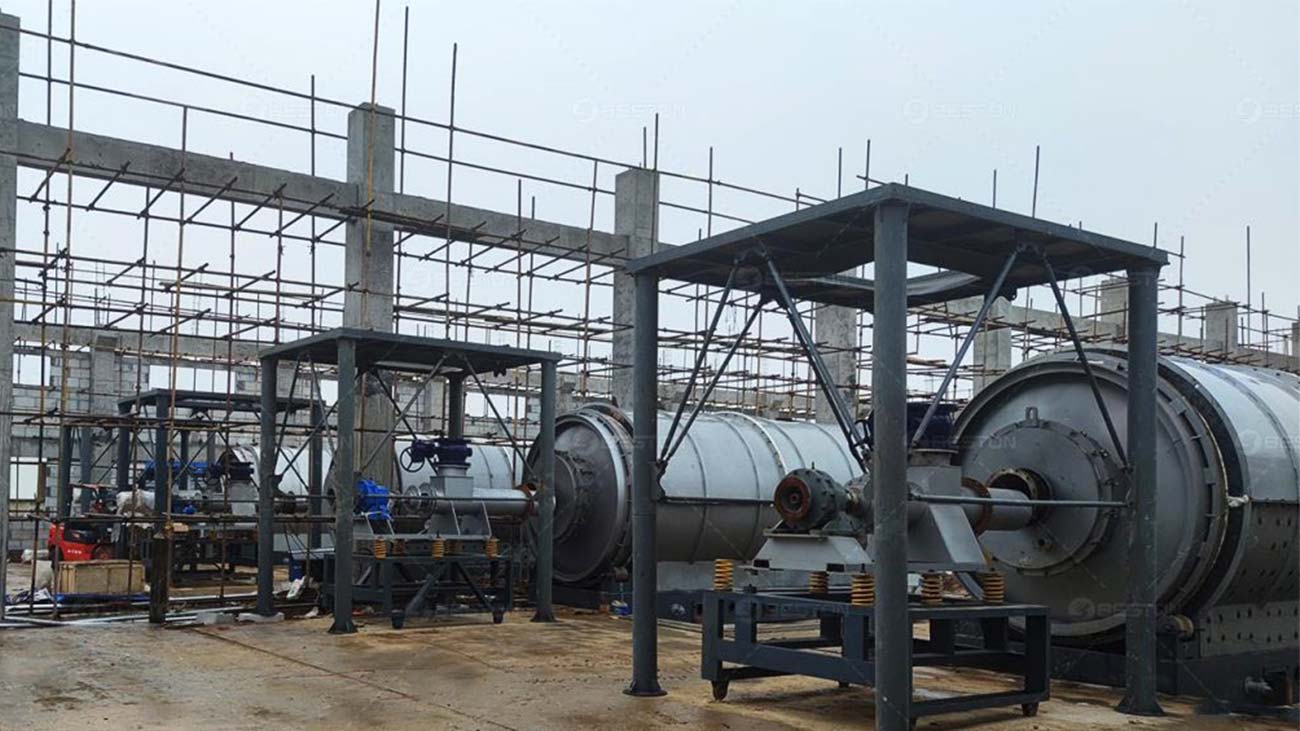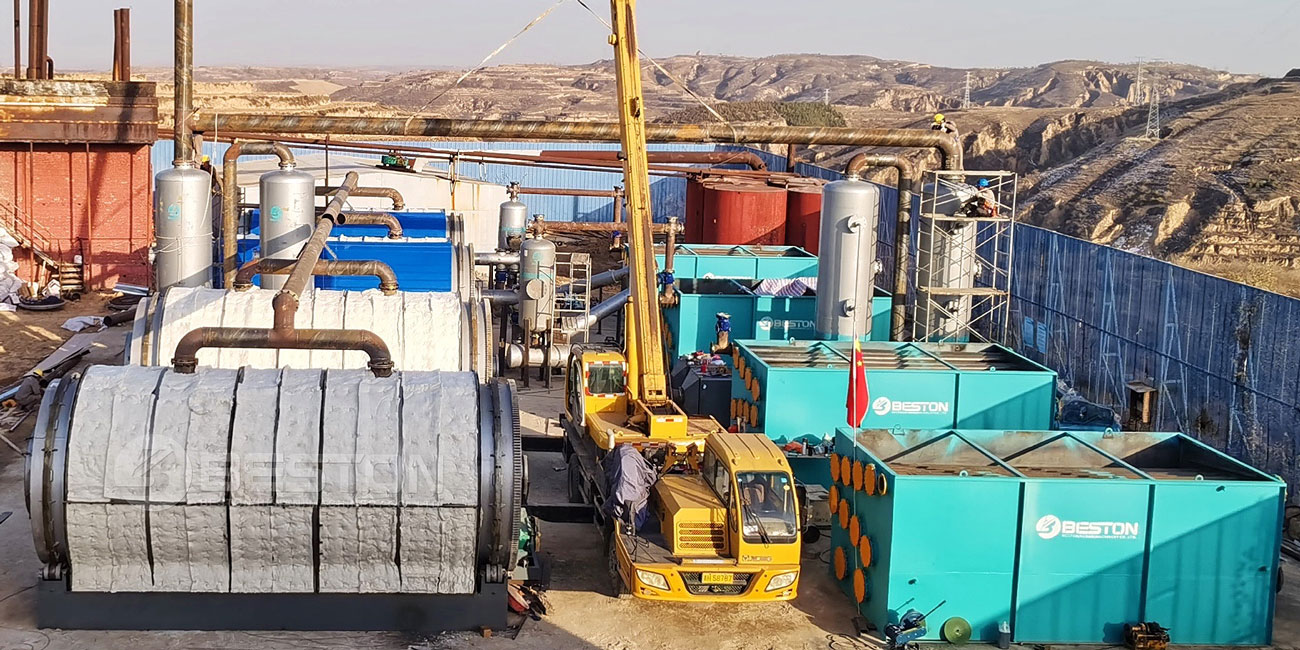In the realm of pyrolysis, understanding the nuances of different equipment types is paramount. Pyrolysis, a thermal decomposition process, can be harnessed for various raw materials, each demanding specific technology. Let’s delve into the common types of pyrolysis equipment, classified from the perspective of raw materials, focusing on the plastic pyrolysis plant, oil sludge pyrolysis plant, and tire pyrolysis plant.
1. Plastic Pyrolysis Plant
Plastics, ubiquitous in our lives, have become a significant environmental concern. Waste plastic pyrolysis plant offers a sustainable solution. These plants employ a range of technologies, such as batch, semi-continuous, or fully continuous systems, depending on the scale and objectives.
Batch Plastic Pyrolysis Plant:
- Ideal for small-scale operations.
- Requires frequent loading and unloading of feedstock.
- Suited for experimenting with different plastic types and blends.
- Manual or automated controls available.
Semi-Continuous Plastic Pyrolysis Plant:
- Strikes a balance between batch and continuous processing.
- Offers more consistent output than batch systems.
- Feeds new material while discharging pyrolysis products.
- Suitable for mid-sized facilities.
Fully Continuous Plastic Pyrolysis Plant:
- High-capacity, automated system.
- Continuously processes plastics without interruption.
- Requires less labor and has higher throughput.
- Best suited for large-scale plastic recycling operations.

2. Oil Sludge Pyrolysis Plant
The disposal of oil sludge, a byproduct of the petroleum industry, poses environmental challenges. An oil sludge pyrolysis plant tackles this issue by converting oil sludge into valuable products.
Rotary Kiln Oil Sludge Pyrolysis Plant:
- Utilizes a rotating cylinder (kiln) to heat and pyrolyze the oil sludge.
- Efficient heat transfer and mixing.
- High-temperature environment facilitates thorough decomposition.
- Suitable for continuous processing.
Reactor Oil Sludge Pyrolysis Plant:
- Employs a fixed-bed or fluidized-bed reactor.
- Efficient in terms of heat distribution.
- Offers precise control over operating conditions.
- Commonly used for smaller-scale applications.
Vertical Oil Sludge Pyrolysis Plant:
- Compact design for space efficiency.
- Operates in a vertical orientation.
- Effective for smaller volumes of oil sludge.
- Offers simplicity in design and operation.

3. Tyre Pyrolysis Plant
Discarded tires present both an environmental challenge and a resource opportunity. A waste tyre pyrolysis plant transforms old tires into valuable commodities.
Batch Tyre Pyrolysis Plant:
- Suitable for small tire recycling businesses.
- Requires manual loading and unloading.
- Can handle a variety of tire sizes and types.
- Provides flexibility for experimenting with process parameters.
Rotary Kiln Tyre Pyrolysis Plant:
- Designed for continuous processing of tires.
- Uses a rotating kiln to facilitate heat transfer.
- High-temperature environment ensures complete tire decomposition.
- Ideal for large-scale tire recycling operations.
Fluidized Bed Tyre Pyrolysis Plant:
- Employs a fluidized bed reactor for tire pyrolysis.
- Facilitates efficient heat distribution.
- Offers precise temperature control.
- Suited for mid-sized tire recycling facilities.
In summary, the world of pyrolysis equipment is multifaceted, with distinct approaches tailored to specific raw materials. The plastic pyrolysis equipment addresses the plastic waste epidemic, while the oil sludge pyrolysis plant tackles petroleum industry residues. Meanwhile, the tyre pyrolysis plant transforms discarded tires into valuable resources.
The choice of equipment depends on factors such as scale, efficiency, and feedstock. Whether you’re venturing into plastics, oil sludge, or tire recycling, understanding the intricacies of pyrolysis equipment is the first step toward sustainable and environmentally responsible resource utilization.